Seasoning a steak for pan frying is a simple process that enhances flavor and creates a delicious crust. Follow these key steps: pat the steak dry, apply a thin layer of oil, season generously with salt and pepper (and optional spices), then let it rest for 20-30 minutes before cooking. This ensures even seasoning and optimal browning.
Table of Contents
Why Seasoning Matters
When it comes to cooking a steak, seasoning is the secret sauce that sets great meals apart from good ones. The right combination of spices not only enhances the natural flavors of the meat but also helps create a delicious crust when seared in a hot pan.
Proper seasoning ensures that every bite is packed with flavor, while under-seasoning can leave your steak tasting bland and uninspired. On the flip side, over-seasoning can overwhelm the taste of the meat, making it less enjoyable.
So, how do you get it just right? Let's dive into the essentials.
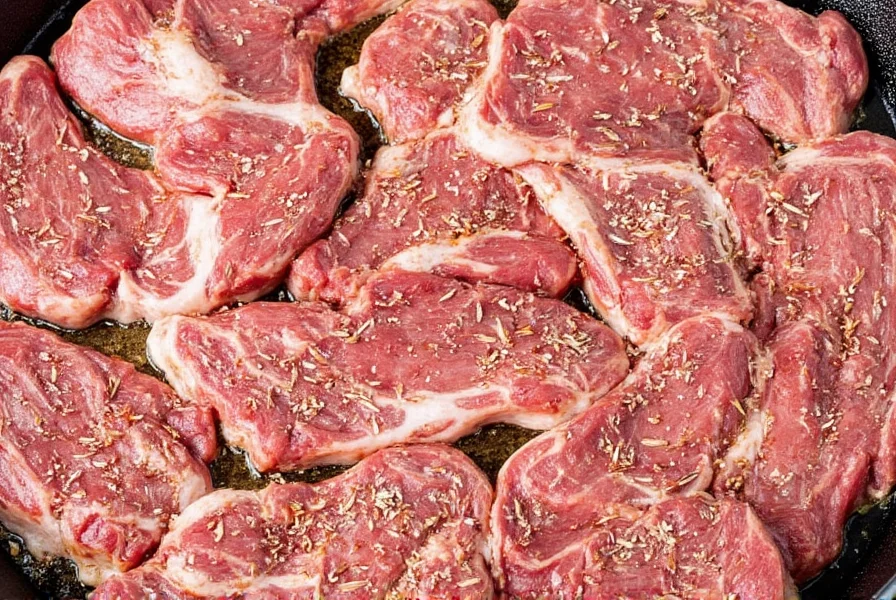
Essential Ingredients for Perfect Seasoning
Before we jump into the step-by-step guide, let's take a look at the key ingredients that form the foundation of a well-seasoned steak:
- Salt: The backbone of any seasoning blend. Use coarse sea salt or kosher salt for better texture and even distribution.
- Pepper: Freshly ground black pepper adds depth and warmth. Don't skip this!
- Oil: A high-smoke-point oil like avocado or canola oil helps the seasoning stick to the steak and promotes browning.
- Garlic and herbs: Minced garlic, rosemary, thyme, or oregano can add extra layers of flavor.
- Optional seasonings: Paprika, cumin, chili powder, or even a bit of soy sauce can give your steak a unique twist.
Now that you have the basics, let's move on to the actual process.
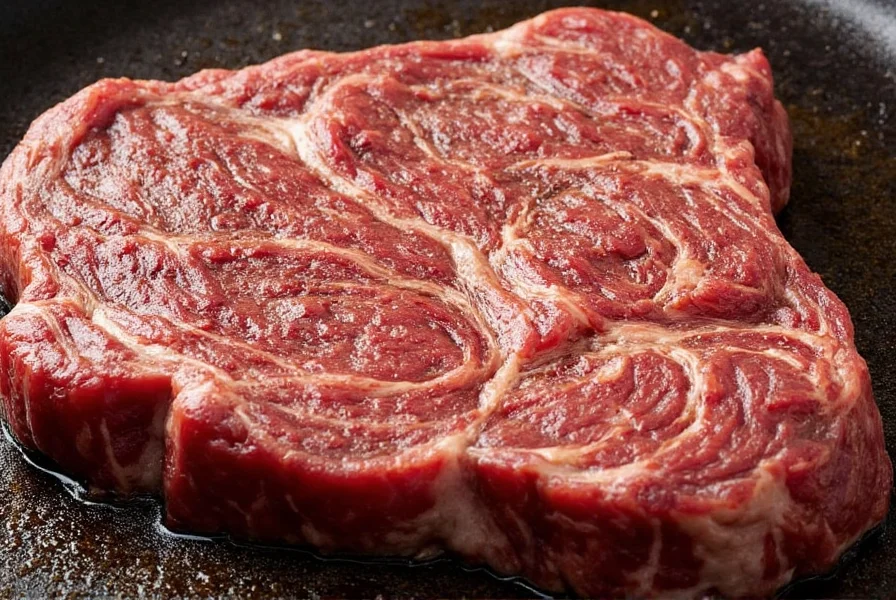
Step-by-Step Guide to Seasoning a Steak
Follow these steps to ensure your steak is perfectly seasoned and ready for the pan:
- Pat the steak dry: Use paper towels to remove excess moisture. This helps the seasoning adhere better and promotes a nice crust.
- Apply a thin layer of oil: Lightly brush the steak with oil to help the seasoning stick and prevent sticking in the pan.
- Season generously: Sprinkle salt and pepper evenly over both sides of the steak. For extra flavor, add other seasonings like garlic, herbs, or paprika.
- Let it rest: Allow the steak to sit at room temperature for 20–30 minutes before cooking. This ensures even cooking and better browning.
Once the steak is seasoned, it's time to hit the pan. But don't rush—let's talk about what to watch out for.
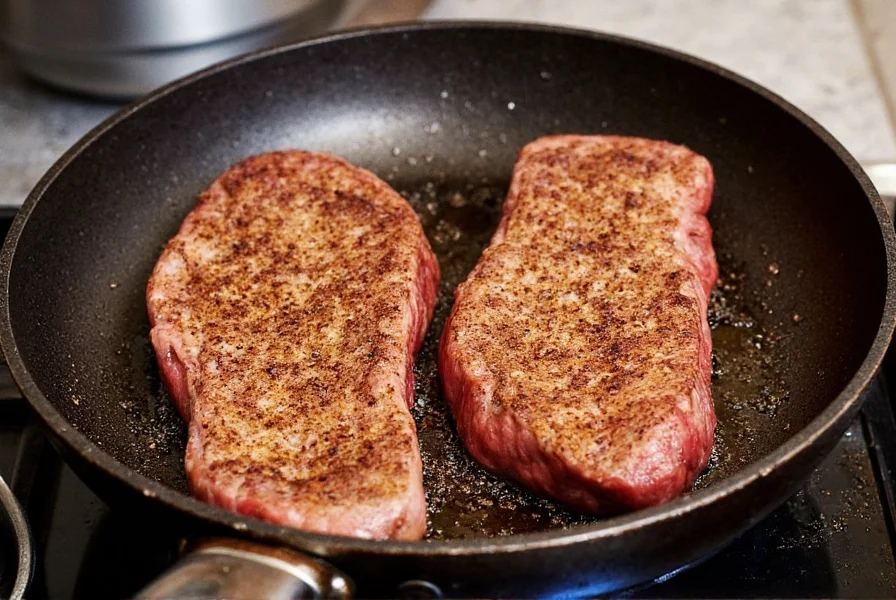
Common Mistakes to Avoid
Even experienced cooks can fall into the trap of poor seasoning. Here are some common mistakes and how to avoid them:
- Under-seasoning: Don't be shy with the salt and pepper. A little goes a long way, but you want the flavor to be noticeable.
- Over-seasoning: Too much spice can mask the taste of the steak. Start with a light hand and adjust as needed.
- Skipping the oil: Oil is crucial for adhesion and browning. Never skip it unless you're using a non-stick pan.
- Not letting the steak rest: Skipping this step can lead to a drier steak. Always let it sit before cooking.
Avoiding these mistakes will go a long way in helping you achieve a perfectly seasoned steak every time.
Frequently Asked Questions
When is the best time to season a steak for pan frying?
The optimal time to season a steak for pan frying is 20-30 minutes before cooking. This allows the salt to penetrate the surface slightly while the steak comes to room temperature. For even better results with thicker cuts, you can season up to 45 minutes ahead and let it rest uncovered in the refrigerator, then bring to room temperature before cooking.
How much salt should I use when seasoning a steak?
A good rule of thumb is approximately 1 teaspoon of kosher salt per pound of steak. For a standard 1-1.5 inch thick steak (about 12-16 ounces), use about 3/4 to 1 teaspoon of kosher salt total, divided between both sides. Remember that coarse salt appears more voluminous than fine salt, so adjust accordingly if using different salt types.
Should I use fresh garlic or garlic powder when seasoning steak for pan frying?
For pan frying, garlic powder is generally preferred over fresh garlic. Fresh garlic can burn quickly at the high temperatures needed for searing steak, resulting in bitter flavors. Garlic powder provides consistent garlic flavor without the risk of burning. If you prefer fresh garlic, add it during the last minute of cooking or use it in a compound butter after the steak is cooked.
Can I use olive oil to season my steak before pan frying?
While you can use olive oil, it's not ideal for high-heat pan frying due to its relatively low smoke point (around 375°F/190°C). For pan frying steak, choose a high-smoke-point oil like avocado oil (smoke point 520°F/270°C), canola oil (400°F/204°C), or refined peanut oil (450°F/232°C). These oils can withstand the high heat needed to create a perfect sear without burning.
Do I need to rinse off the seasoning before pan frying?
No, you should never rinse off the seasoning before cooking. The purpose of seasoning is for those flavors to penetrate the meat and create a delicious crust during cooking. Rinsing would wash away all your carefully applied seasonings. Just make sure to pat the steak dry before seasoning to help the spices adhere properly.
Should I season the edges of the steak?
Yes, seasoning the edges of the steak is important, especially for thicker cuts. The edges will be part of what you taste when you eat the steak, so they deserve proper seasoning. When applying your spices, take a moment to rotate the steak and ensure all surfaces, including the edges, are evenly coated.
Can I use a pre-made steak seasoning blend?
Absolutely! Quality pre-made steak seasoning blends can be convenient and delicious. However, check the ingredients as many contain sugar which can burn at high pan-frying temperatures. If using a sugar-containing blend, apply it after the initial sear or use it more sparingly. For best results with pan frying, make your own blend with salt, pepper, garlic powder, and optional herbs like rosemary or thyme.
Buying Guide for Spices and Tools
| Product | Features | Advantages | Use Cases | Target Audience |
|---|---|---|---|---|
| Coarse Sea Salt | Large granules for even distribution | Enhances flavor without overpowering | Seasoning steaks, roasts, and grilled meats | Home cooks and professional chefs |
| Freshly Ground Black Pepper | Strong aroma and bold flavor | Adds warmth and complexity | Seasoning any meat dish | Spice enthusiasts and food lovers |
| High-Smoke-Point Oil (e.g., Avocado Oil) | Resists burning at high temperatures | Helps with even cooking and browning | Used for searing, roasting, and frying | Cooking professionals and home chefs |
| Herb Blends (e.g., Rosemary, Thyme) | Pre-mixed or individual herbs | Boosts flavor and adds aroma | Seasoning steaks, vegetables, and soups | Cooking enthusiasts and flavor seekers |
| Grinder for Peppers and Spices | Manual or electric options available | Ensures fresh, finely ground spices | Used for grinding peppers, nuts, and seeds | Spice lovers and home bakers |
Choosing the right tools and ingredients will help you achieve consistent results and enhance your cooking experience.
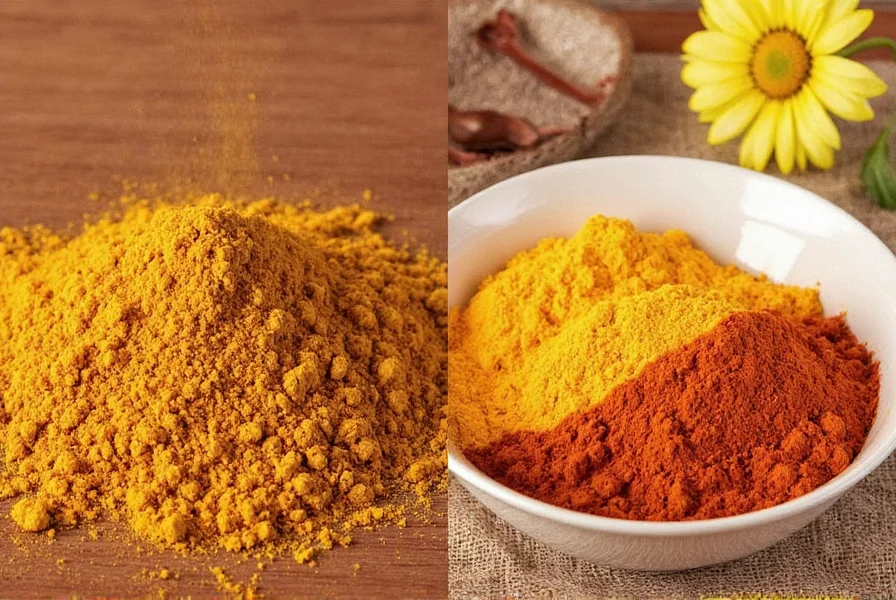
Conclusion
Seasoning a steak for pan frying is a skill that can be mastered with a little practice and the right knowledge. From choosing the perfect spices to avoiding common mistakes, every step plays a role in creating a flavorful and satisfying meal.
Whether you're a seasoned pro or a curious beginner, understanding how to season a steak for pan frying opens up a world of culinary possibilities. With the right approach, you can turn a simple cut of beef into a gourmet dish that impresses your guests and satisfies your taste buds.
Remember, the key is to balance the flavors, use quality ingredients, and trust your instincts. Happy cooking, and may your steaks always be perfectly seasoned!
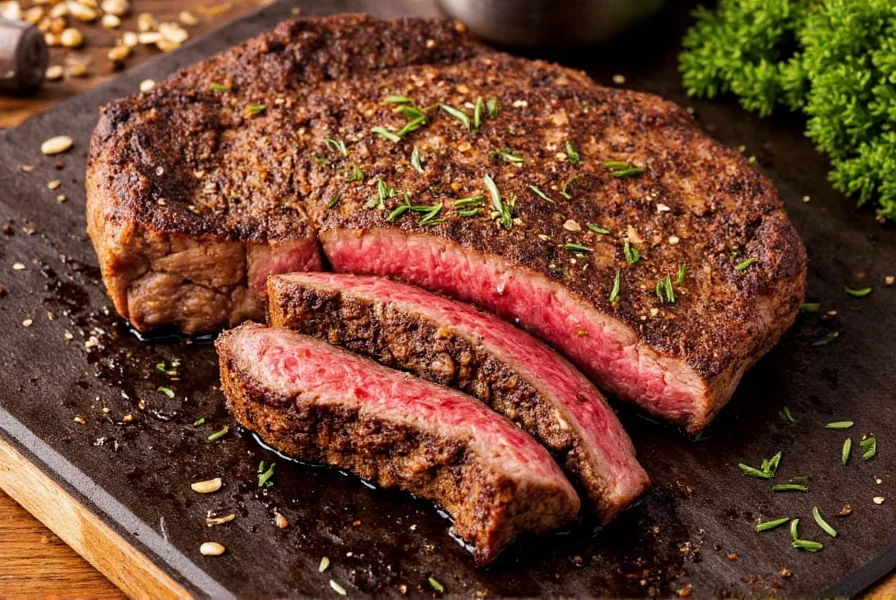

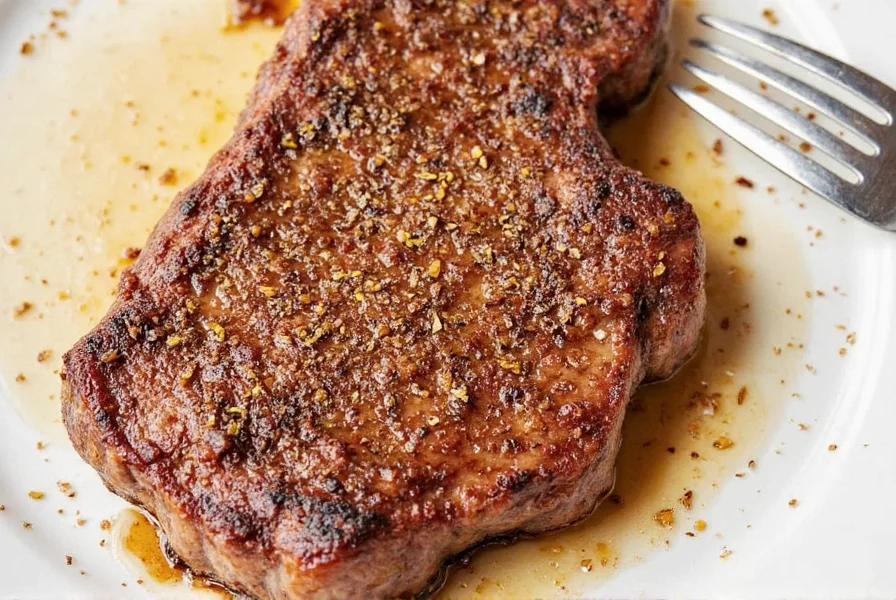









 浙公网安备
33010002000092号
浙公网安备
33010002000092号 浙B2-20120091-4
浙B2-20120091-4